The Evolution of Mercedes Benz E Class
Since its introduction in 1993, the Mercedes Benz E Class has been a staple in the luxury sedan market. Over the years, it has undergone several changes and updates to maintain its position as one of the top choices for those in search of a premium driving experience. From its inception to the present day, the E Class has continued to impress with its sophisticated design, advanced technology, and superior performance.
Origins of the E Class
The Mercedes Benz E Class made its debut in 1993 as a successor to the popular Mercedes Benz W124. The E Class was designed to be a mid-size luxury car that would appeal to a wider range of customers. With its sleek and timeless design, the E Class quickly became a symbol of prestige and elegance. The first generation of the E Class featured a range of engine options, including both gasoline and diesel variants, catering to different customer preferences.
The E Class also introduced several innovative features, such as the availability of a multilink rear suspension, which improved the car’s handling and comfort. The safety features of the E Class were also top-notch, with advanced systems like the Electronic Stability Program (ESP) and Brake Assist setting new standards for vehicle safety.
Technological Advancements
As the years passed, the E Class continued to evolve with the introduction of cutting-edge technology. In 2002, the W211 generation of the E Class became the first Mercedes Benz vehicle to feature the advanced Pre-Safe system, which used sensors to detect an imminent collision and prepared the car and its occupants for impact. This innovative safety feature helped to further solidify the E Class’s reputation as a leader in vehicle safety.
Another significant technological advancement came with the introduction of the W212 generation in 2009. This generation featured a host of new technologies, including the introduction of the COMAND infotainment system, which integrated navigation, entertainment, and communication functions into a single interface. The W212 E Class also saw the introduction of a range of efficient and powerful BlueTEC diesel engines, further expanding the E Class’s appeal to environmentally conscious buyers.
Modern Luxury and Performance
In recent years, the Mercedes Benz E Class has continued to set the standard for luxury and performance in the mid-size sedan segment. The latest generation, the W213, features a sleek and sophisticated design that showcases the brand’s commitment to timeless elegance. The interior of the W213 E Class is a testament to luxury, with premium materials and state-of-the-art technology creating a truly premium driving experience.
Performance has also been a key focus for the modern E Class. The introduction of the AMG E63 S variant has brought unprecedented levels of power and performance to the E Class lineup. With a handcrafted 4.0-liter V8 biturbo engine producing over 600 horsepower, the AMG E63 S is capable of sprinting from 0 to 60 mph in just 3.3 seconds, making it one of the fastest sedans on the market. This performance-focused variant has further solidified the E Class’s reputation as a versatile and capable luxury sedan.
The Future of the E Class
Looking ahead, the Mercedes Benz E Class is poised to continue its legacy of excellence with the introduction of new technologies and advancements. With the rise of electric and hybrid vehicles, the E Class is expected to embrace electrification, offering customers a range of eco-friendly powertrains without compromising on luxury or performance.
With its rich history, commitment to innovation, and unwavering dedication to luxury and performance, the Mercedes Benz E Class is set to maintain its status as a benchmark for the mid-size luxury sedan market for years to come.
,refusal: null


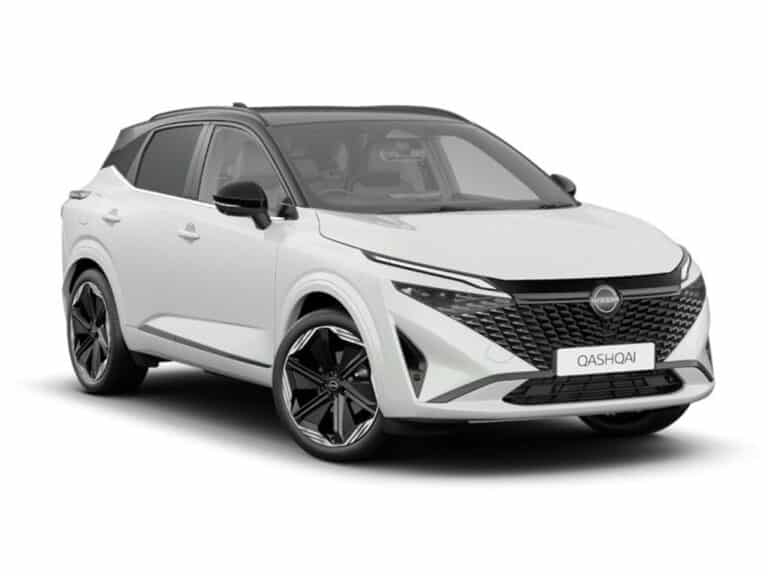

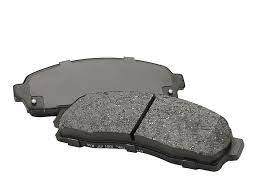
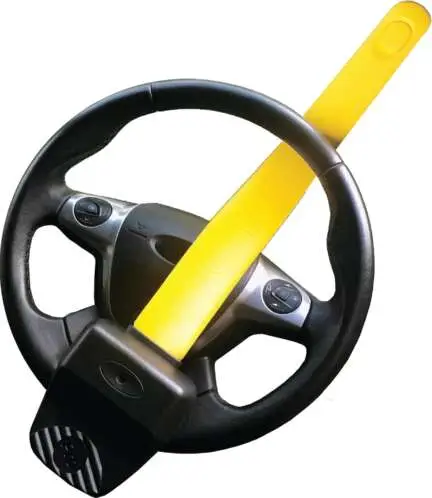
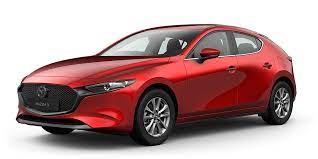
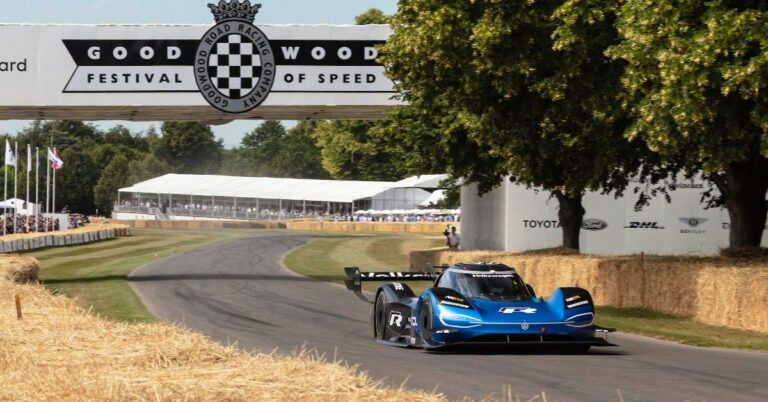
Leave a Comment